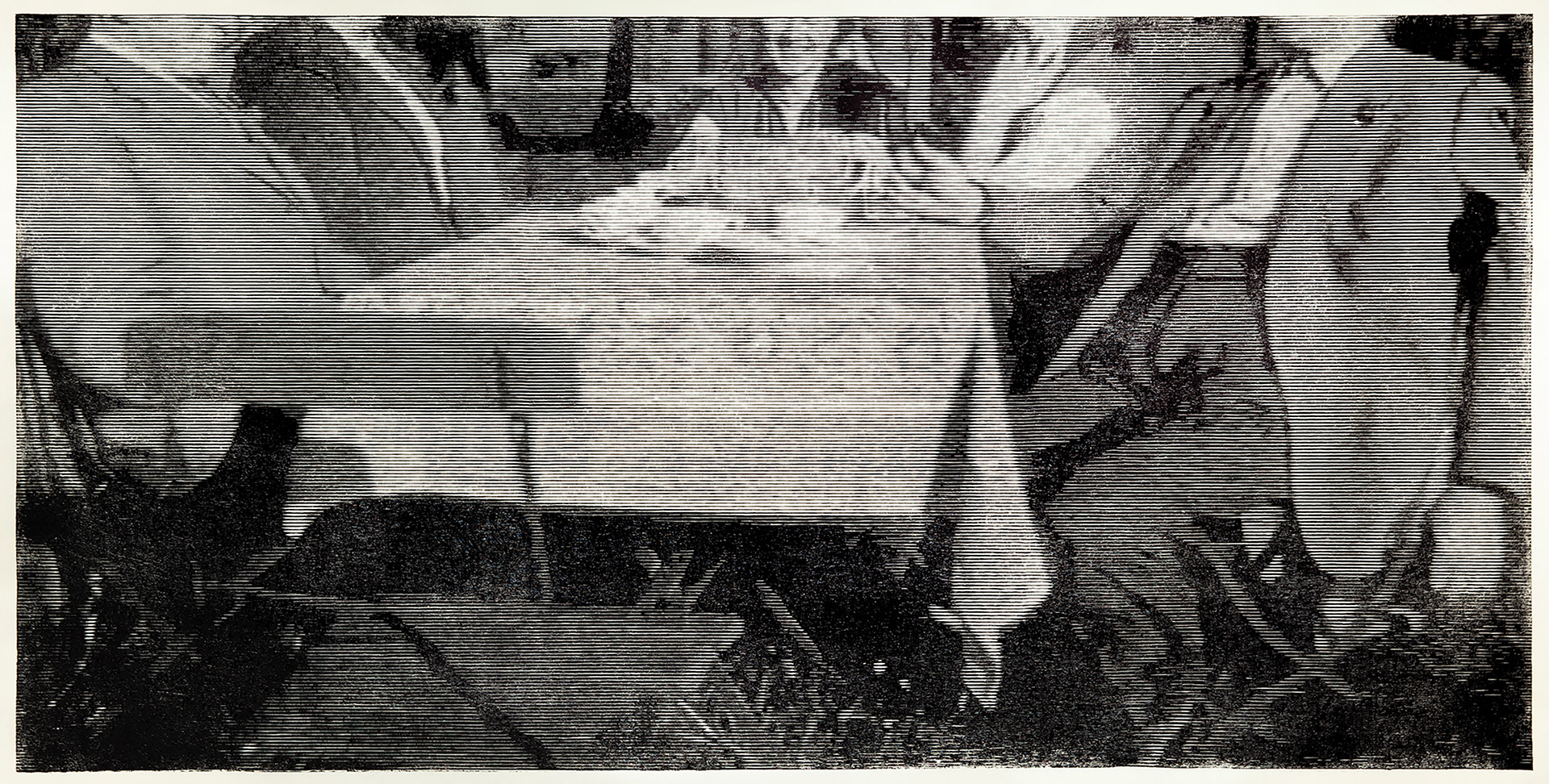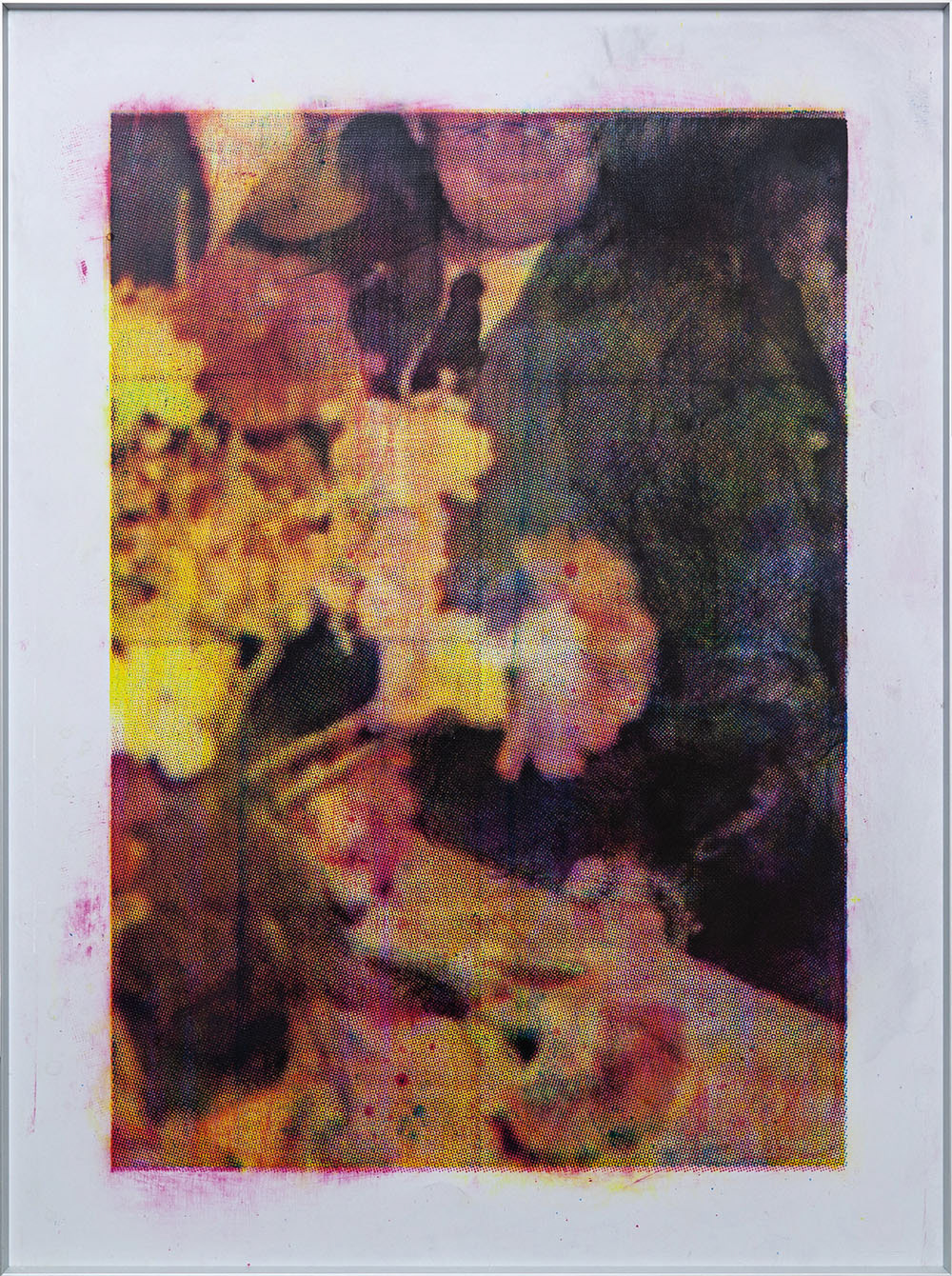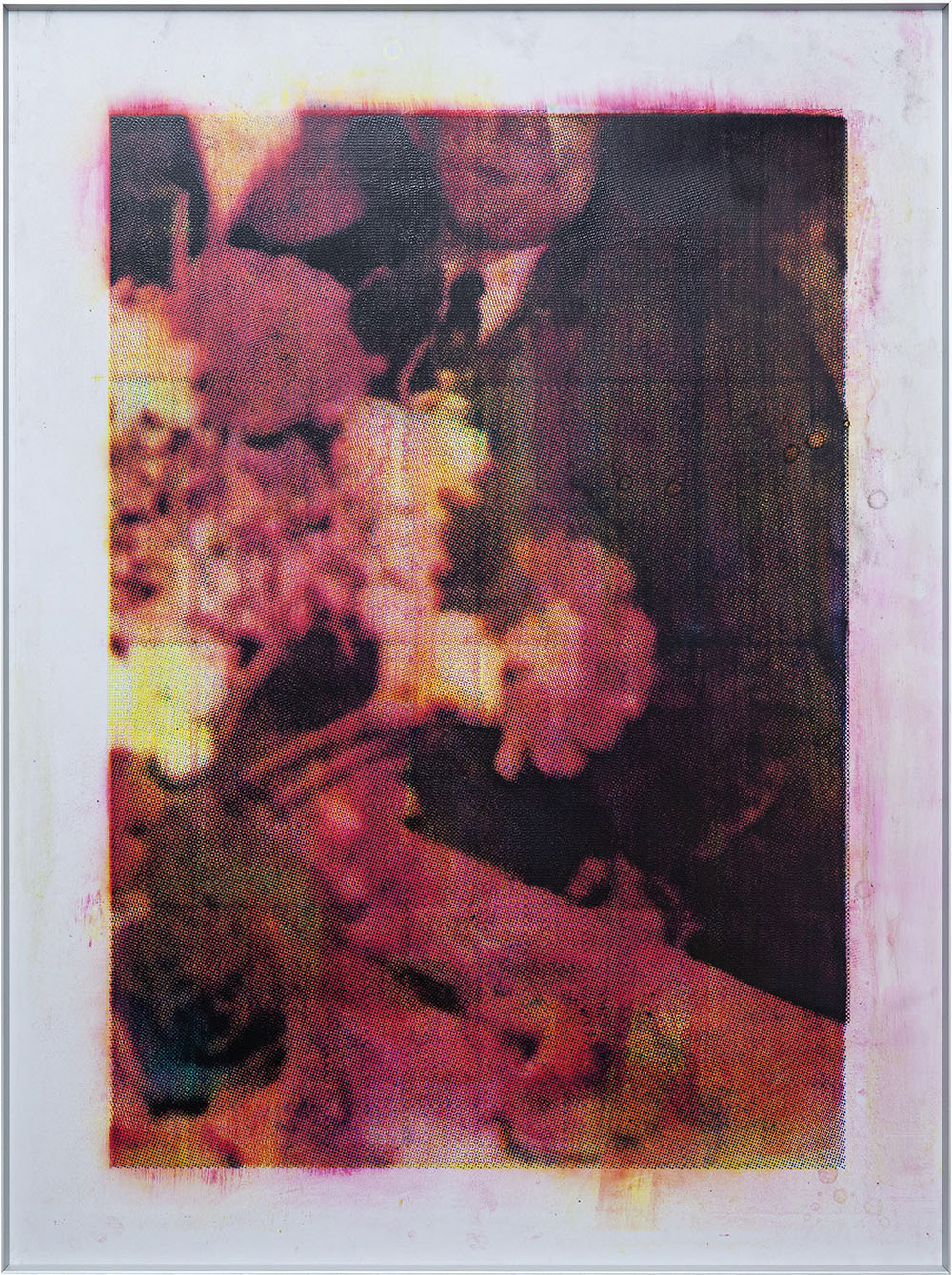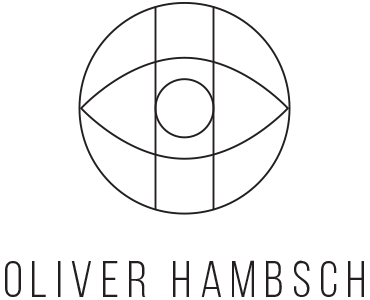'Absent Presence: an exploration of memory and family through printmaking' is the title of my Master of Fine Art submission, which I completed in 2022 at the University of Cape Town, Michaelis School of Fine Art. Shown below are images of the final body of work as it was exhibited.
Visual and linguistic metaphors help to conceptualise memory by reducing its physiological and philosophical complexities to a degree that allows its processes to be easily understood. Two commonly used metaphors are ‘memory as an imprint’, and ‘memory as a photograph’. Problematically, these metaphors ignore vital aspects of memory, such as its fluidity, the interplay between remembering and forgetting, and the role of imagination. The extraordinarily complex nature of memory makes it resistant to simplification and reduction. Metaphor and analogy are only capable of representing very selected aspects and will almost always contradict or ignore others of equal importance. The two metaphors of the memory-as-imprint and the memory-as-photograph have become ubiquitous in how we think of memory. We talk of memory being ‘imprinted’, ‘captured’, ‘recorded’ and ‘etched’ in our minds – terms that are derived from photography and printmaking. What is remembered and what is forgotten is inseparable, tightly woven into a fabric that forms what we perceive as memory. Absence and presence are as inextricably entwined in printmaking as they are in memory. The binary nature of the information on a plate means that the image is constructed of ‘on’ and ‘off’, of absence and presence. The matrix is almost always created through some form of deletion. Wood and linoleum is excised, the stencil on a silkscreen is washed out, and the metal of an etching plate is eaten away by acid. The final print too is the product of absence – the loss of its matrix. Print can demonstrate and be viewed as a dialectic between absence and presence.
My work is intended to serve as a reflection on what memory is and how it is experienced, the theoretical aspects of printmaking, and my own relationship with my family memory. I argue that, through a conceptual engagement with printmaking, print can be used as a metaphorical device that extends beyond the simple ‘memory-as-imprint’ analogy.
The work presented is the result of an adapted approach to my family’s photographic archive, where the photographs were no longer treated as vessels for memory that affect passively, but as mnemonic stimuli that regenerate my active, creative engagement. All reference images are sourced from family photographs.
The above text is adapted from the abstract and conclusion of my MFA dissertation.







